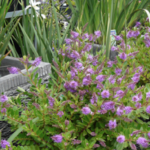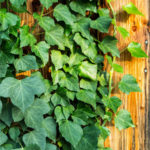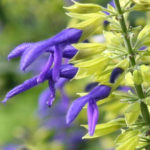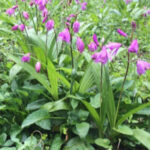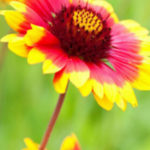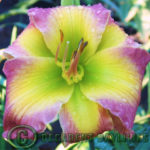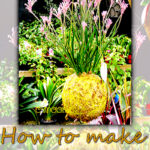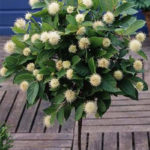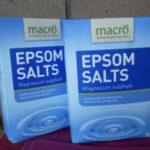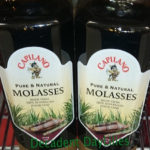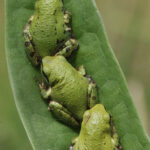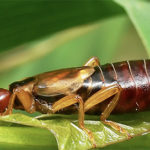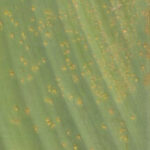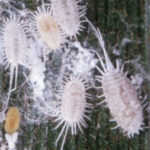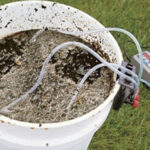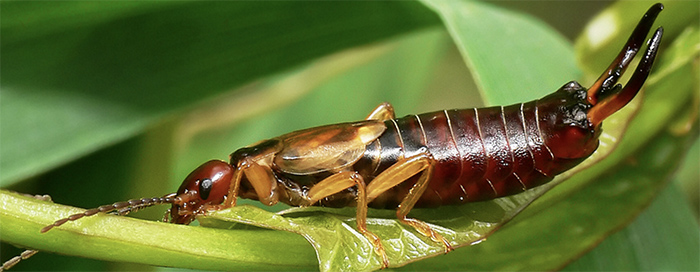
Earwigs Facts For Best Control
Do Earwigs Bite? Their Lifecycle – Control and Damage to Plants
 Earwigs are insect pests, which live and hide in cool damp areas amongst dead and decaying plant matter. They are distributed widely in Asia, Africa, Australia and North America. Various types of earwigs are nocturnal in habit. These unlovely insects feast upon different creepy crawlies, rotting natural matter and our favourite garden plants. At night time is when earwigs are busily eating on anything including mosses and lichens but their favourite diet is feeding on other insects, leaves of lush green foliage plants or the fresh buds and petals of newly made flowers.
Earwigs are insect pests, which live and hide in cool damp areas amongst dead and decaying plant matter. They are distributed widely in Asia, Africa, Australia and North America. Various types of earwigs are nocturnal in habit. These unlovely insects feast upon different creepy crawlies, rotting natural matter and our favourite garden plants. At night time is when earwigs are busily eating on anything including mosses and lichens but their favourite diet is feeding on other insects, leaves of lush green foliage plants or the fresh buds and petals of newly made flowers.
The earwig or pincher bug grow half inch long and has forceps-like pincers on their abdomen. Though they are not dangerous to humans, they can insert the pincers into the human skin in self defence. The pincers are useful for capturing the prey and for mating. The earwigs get their name through the myth that earwigs crawl into a sleeping persons ear and bore into their brain. But they do live in the dark and moist areas outdoors, if they can get indoors into the house they like the same environment and surrounds where they like to hibernate during the winter. The insertion of the earwig’s pincers can cause pain and discomfort.
Life Cycle
The life cycle of the earwigs includes five moults to become an adult. They undergo incomplete metamorphosis. The different developmental stages are called instars. After hatching the insect will live for a year. After mating the female will keep the sperm till the eggs are fertilised. The female will lay 20 to 80 eggs, which are cream coloured. Before hatching the eggs become brown. Earwigs show maternal care. The eggs will hatch within 7 days. During the moulting the male forceps become curved and in the female, it will remain straight. They will develop the natural brown colour and the wings will start to develop.
Damages Caused By Earwigs
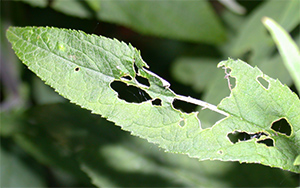 Though earwigs do not cause any threat to humans, their presence in the home is not welcoming. You will usually find them in the wet areas of the house, laundry, kitchen and bathrooms. They can damage the living plants in the garden or inside the house and can feed on the plant roots of seedlings. The first sign to look out for is on the leaves of the plants. They will have chewed edges and you will identify many irregular holes in the petals of the flowers and the leaves, this damages the appearance of flowers and the plant. You can expect more earwigs during the rainy season. The pinching with the pincers or cerci can cause discomfort to people. They produce a foul smell when disturbed. They feed on many kinds of flowers and vegetables but mostly noticed on Lettuce, basil, silverbeet and Dahlias they seem to be more affected by earwigs. I never see earwigs on my daylilies, plants and vegetables maybe that’s one of the joys of living in the bush.
Though earwigs do not cause any threat to humans, their presence in the home is not welcoming. You will usually find them in the wet areas of the house, laundry, kitchen and bathrooms. They can damage the living plants in the garden or inside the house and can feed on the plant roots of seedlings. The first sign to look out for is on the leaves of the plants. They will have chewed edges and you will identify many irregular holes in the petals of the flowers and the leaves, this damages the appearance of flowers and the plant. You can expect more earwigs during the rainy season. The pinching with the pincers or cerci can cause discomfort to people. They produce a foul smell when disturbed. They feed on many kinds of flowers and vegetables but mostly noticed on Lettuce, basil, silverbeet and Dahlias they seem to be more affected by earwigs. I never see earwigs on my daylilies, plants and vegetables maybe that’s one of the joys of living in the bush.
How to Control Earwigs?
As earwigs are annoying insects in the garden you can control them with proper remedies.
- Wood piles and decaying debris in the garden are reasons that attract earwigs, so sprinkling the area with borax powder will keep away these insects.
- You can oil pit traps to catch these insects. Mix equal parts of vegetable oil and soy sauce and place them in a container with holes on the lid. The holes should be large enough for these insects to enter. Bury the container in the garden with the lid at the same level as the soil. This trap will attract the earwigs and they will not be able to escape from oil. Change mixture in the trap when needed.
- Spraying the soil with an insecticidal spray containing equal parts of rubbing alcohol and water can kill the insects as the alcohol penetrates the skin of the insect.
- Another method for controlling or preventing earwig attacks on plants is to spread petroleum jelly around the plants as the earwigs will avoid contact with the jelly.
- Encourage birds to your garden birds and chooks naturally eat earwigs.
Sealing the air leaks in your home from cracks in the door or window frames and reducing outdoor lights also helps in preventing the entry of earwigs to your home. There are many air sealing products on the market such as caulks and expanding polyurethane foams. Always use proper clothing, gloves and glasses, it is best to read the label for instructions.


